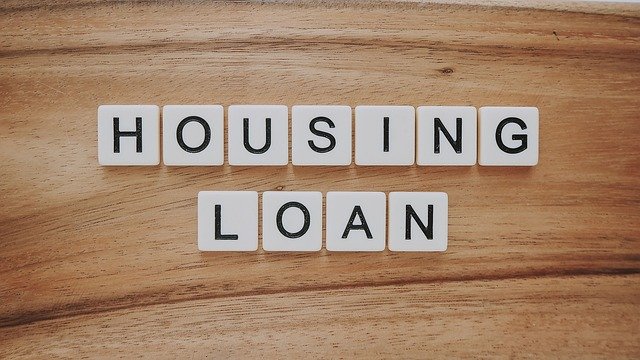Mortgage Insurance: What Homeowners Need to Know
Mortgage insurance is an added layer of protection related to home loans, designed to reduce lender risk when a borrower has a smaller down payment. It affects the cost and structure of many mortgages, influences housing affordability, and varies by loan type and jurisdiction. This article explains how mortgage insurance works, when it may be required, what alternatives exist, and how homeowners can approach it thoughtfully to align with their real estate plans.

What is mortgage insurance?
Mortgage insurance is a policy that compensates lenders if a borrower defaults on a mortgage. It does not protect the homeowner; rather, it enables lenders to approve loans with lower down payments by shifting part of the credit risk. There are different forms—private mortgage insurance (PMI) on conventional loans and mortgage insurance premiums (MIP) on some government-backed loans. Terms, cancellation rules, and calculation methods vary, so understanding the specific type on your loan is important to estimate long-term costs and impacts on monthly payments.
How does insurance affect housing choices?
Insurance requirements can influence the type of housing a buyer can afford and the loan products available to them. Buyers with limited savings may opt for a smaller down payment and accept mortgage insurance to enter the housing market sooner, while others may delay purchase or choose different property types to avoid higher monthly expenses. For some buyers, the prospect of ongoing insurance payments can alter calculations for total housing cost, influencing decisions about location, property size, and whether to pursue renovation projects or newer construction.
When is mortgage insurance required in real estate?
Mortgage insurance is typically required when a borrower’s down payment is below a lender-defined threshold—commonly 20% on conventional loans in many markets. Government-backed loans (such as certain national loan programs) may require different insurance rules and may impose premiums regardless of down payment size. Lenders and loan servicers set requirements based on underwriting standards and regulatory rules. Prospective buyers should review loan disclosures and speak with their lender or housing counselor to confirm whether mortgage insurance is required for a specific real estate transaction.
How can a homeowner lower mortgage insurance costs?
Homeowners can reduce or remove mortgage insurance through several approaches. Increasing equity—by making additional principal payments, refinancing after building sufficient equity, or benefiting from home price appreciation—can lead to removal of private mortgage insurance once specified equity thresholds are met. Selecting a different loan type or negotiating lender-paid mortgage insurance (which may raise the interest rate) are other options. It’s important to check the loan agreement for cancellation rights and to compare the long-term cost of higher interest versus ongoing insurance premiums when evaluating alternatives.
What are alternatives to mortgage insurance?
Alternatives include saving a larger down payment (usually 20% or more), obtaining a second mortgage to cover part of the down payment, or exploring loan programs with different underwriting criteria offered by housing agencies or local services. Some borrowers use piggyback loans (an additional loan taken simultaneously) to avoid PMI, though this increases complexity and total debt load. Employer-assisted programs, community lending initiatives, and regional real estate assistance programs may offer options for buyers in your area. Each alternative carries its own costs and risks that should be weighed against continuing with mortgage insurance.
Conclusion
Mortgage insurance plays a practical role in expanding access to homeownership by enabling loans with lower upfront cash requirements, but it also adds cost and complexity to the long-term finances of housing. Understanding the type of mortgage insurance attached to a loan, the conditions that trigger requirement or removal, and the realistic alternatives can help borrowers make measured decisions that align with their financial goals. Homebuyers and homeowners should carefully review loan documents, ask lenders about cancellation rules and equity targets, and consider how insurance fits into their broader real estate plans and monthly budget projections.






